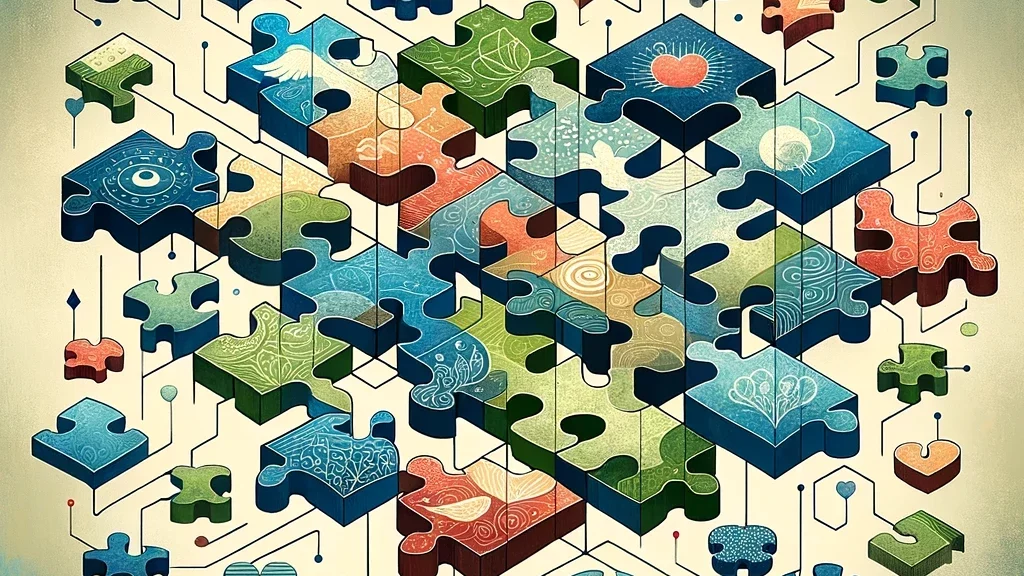I find myself increasingly intrigued by the integration of artificial intelligence (AI) in education. From customized learning platforms to AI-driven analytics, the current educational landscape is getting a high-tech makeover. This not only transforms how knowledge is delivered but also reshapes the very fabric of learning.
Looking ahead, I’m captivated by the potential AI holds for transforming educational spaces. It’s anticipated that AI could revolutionize traditional teaching methods, making them more adaptable and interactive. I imagine classrooms where AI tailors lesson plans in real time, addressing the unique learning pace and style of each student.
In my view, the future of AI in education hinges on personalized learning experiences. AI’s ability to analyze vast amounts of data on student performance could lead to highly individualized teaching approaches. Imagine software that not only knows what a student doesn’t understand but also the best way to explain it to them.
Moreover, I see AI playing a pivotal role in creating inclusive educational environments. By leveraging AI, educators could provide support for students with diverse learning needs, ensuring that no one is left behind. This technology could adapt materials for different learning challenges, from dyslexia to hearing impairments, democratizing access to knowledge in ways we’ve only just begun to explore.
As I reflect on these advancements, I realize that the benefits AI promises are just within our grasp. The next section will explore these prospects in greater depth, analyzing how AI can enhance not only the efficiency of our educational systems but also the quality of learning outcomes for students worldwide.
Maximizing Potential: The Benefits of AI in Education

Artificial intelligence presents transformative possibilities for education, reshaping it to be more effective, dynamic, and accessible.
First, AI can develop PERSONALIZED LEARNING PATHS, catering to the unique abilities, learning styles, and paces of individual students. The capability of AI to analyze big data allows it to recommend resources, modify content difficulty, and propose tailored educational strategies.
Another significant benefit lies in the ENHANCED EFFICIENCY of tasks like grading. AI can swiftly evaluate quizzes, tests, and written responses, delivering prompt feedback. This immediacy helps students to understand and correct their mistakes while the material is still fresh in their minds.
The reach of AI extends far beyond the classroom. It opens gateways to vast pools of global knowledge and diverse educational resources, ensuring that learning is not confined to textbooks but enriched with the latest information and perspectives from around the world.
Teachers, too, can achieve more with AI, as it supports them with administrative tasks, like attendance and record keeping. This additional assistance gives educators more time to concentrate on teaching and mentoring, fostering a richer learning environment.
As we revel in these advancements, it’s crucial to recognize that AI is not a panacea for all educational challenges. It serves as a tool to augment the teaching and learning process, rather than replace the human elements that are fundamental to education.
Navigating Challenges: The Limitations and Risks of AI in Education
While AI offers a remarkable array of benefits, missteps and challenges are inevitable. One major concern is the potential over-reliance on AI by both educators and learners. As we integrate AI deeper into educational processes, we risk diminishing the development of critical thinking and problem-solving skills. Too much reliance on AI could lead students to accept machine-provided answers without question, thereby undermining their independent analytical capacities.
Errors in AI systems are not just possible; they are a known reality. Even the most advanced AI algorithms can malfunction or misinterpret data, leading to inaccurate information or misguided learning paths. A single error might not only disrupt the learning process but could also contribute to the dissemination of misconceptions.
Beyond the accuracy of AI applications, data security is a top concern. The integration of AI into education requires the collection and processing of vast amounts of personal information, thereby increasing the risk of data breaches and unauthorized access to sensitive information.
It is essential that human oversight remains at the helm of educational AI systems. Educators need to stay vigilant, ensuring that AI tools are used to enhance, and not replace, human interaction and judgment in the learning process. Continuous monitoring, evaluation of AI effectiveness, and adjustments based on student needs are critical for the responsible use of AI in education.

